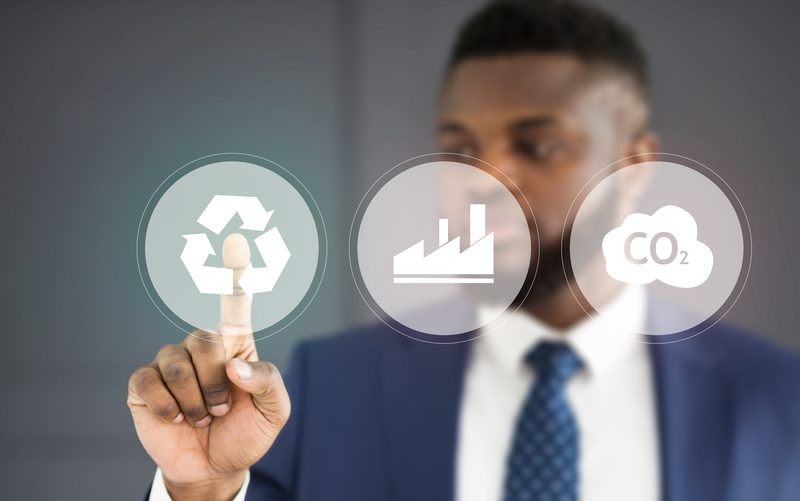Along with the environmental consequences, climate and environmental disruptions (like extreme weather, droughts, and resource scarcity) are ranked as the highest potential risks to business by the World Economic Forum. Determining factors are their ability to reduce the availability of raw materials, disrupt supply chains, decrease demands for goods and services, and change resource availability and costs. This has the potential to cause huge damage to the global economy therefore it is important to keep in mind climate change within your businesses key financial decisions.
The New York Times references a report conducted by the Carbon Disclosure Project, which asked firms to calculate how climate change might affect their business financially. After analysing submissions for 215 of the world’s 500 biggest corporations, the CDP found that companies potentially face $1 trillion in costs related to climate change beginning in the next five years.
According to a report by Swiss Re, the world’s global domestic product (GDP) could drop up to 18 percent, or $23 trillion, by 2050 if no action is taken. And while experts agree the poorest nations would be most adversely affected by climate change, even the major economies would suffer irreparable harm. The U.S. GDP could dip as much as 10.5 percent by 2100, while a joint release by Stanford and UC Berkeley predicts average American income will shrink by 36 percent over the same period.
Any business that uses petroleum-based plastics (over 99 percent of plastic is produced using fossil fuels) along its supply chain or generates methane-emitting food waste has a part to play.
Carney Speaks
A COP26 goal was that “every financial decision needs to take climate into account.”
Speaking at the re-launch of the All-Party Parliamentary Group (APPG) for the Environment in September 2021, UN Special Envoy for Climate Action and Finance, Mark Carney compared the economic shockwaves brought about by the pandemic to the climate-related risks which businesses will face in the coming decades – be they physical, transition-related or reputational.
“You can’t wish away systemic risk – it’s going to crystallise at some point,” he said. “For virtually every company and country, this requires a new strategy…. forced by the dynamics of the crisis.”
Ultimately, he explained, any successful strategy will result in climate-related risks and opportunities becoming “core determinants” of perceived asset and project value. Such strategies would “embed” climate considerations at the forefront of decision-making processes.
“In an ideal situation… professionals have the information they need to consider the impact of a company or asset on the transition to net-zero and this becomes a natural way of judging its value.”
Solutions
According to the Centre for Climate and Energy Solutions, companies are employing a wide range of innovative financial tools to achieve their climate and energy goals:
- Energy producers and utilities often offer their customers on-bill financing, which allows a homeowner or commercial building owner to invest in energy efficiency improvements, with payments added on to their utility bills. This removes the high upfront costs of efficiency improvements, and encourages building owners to work directly with utilities on efficiency projects.
Large energy buyers also participate in green pricing programs (also known as green tariffs). In the United States there are utilities that offer these programs to allow eligible customers to buy energy at a premium from a renewable project directly operated by the utility, or by issuing a renewable energy certificate (REC) from a renewable project. This allows businesses to use sources like wind, solar, low-impact hydro, biomass, landfill gas, and geothermal.
Some companies and banks are tapping into the rise in investor demand to finance environmentally sound projects by issuing green bonds or sustainability bonds. Green bonds act as a vehicle for institutional investors seeking to put their capital in projects that address climate change, and help drive innovation and development of low-carbon products. Like conventional bonds, green bonds can be issued by a corporate, bank, or government entity.
The debt insurance by investors means that the companies do not need to tap into their limited credit lines or cash reserves to fund renewable or energy efficiency projects. While green bonds help support projects with a positive environmental impact, sustainability bonds work like green bonds, but also focus on the social impact.


